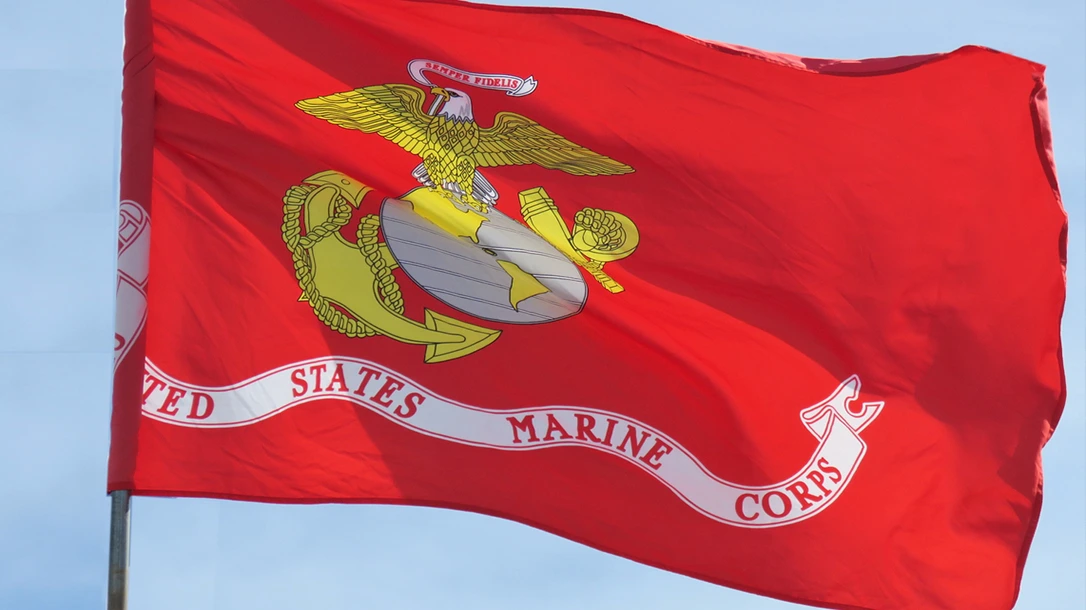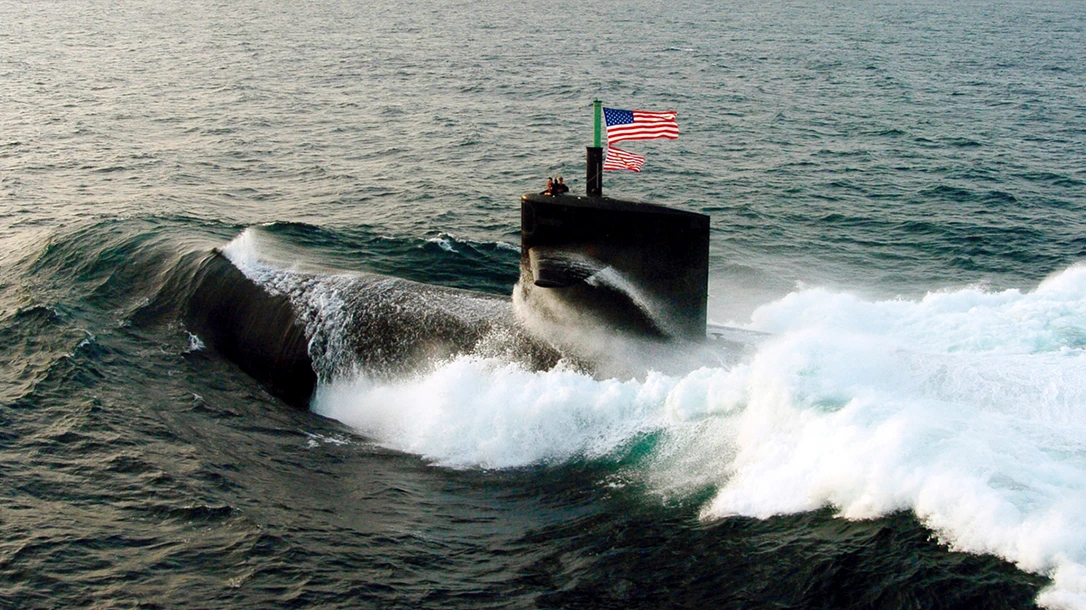So, you’re thinking about joining the esteemed United States Armed Forces—but you’re not quite sure where to begin. The first step? Deciding which military branch is right for you.
Picking The Right U.S. Military Branch
The U.S. Armed Forces consist of six main branches: the Army, Marine Corps, Navy, Air Force, Space Force, and Coast Guard. Each has its own unique mission, culture, and areas of expertise, but they all work together to defend and serve the nation. So, which one is the best fit for you? Let’s take a quick look at what each branch has to offer.

Advertisement — Continue Reading Below
Army
The largest and oldest service, it handles ground operations, defense, and support. If you choose this route, you will attend basic training and be stationed at one of four primary locations. Fort Moore, GA, Fort Jackson, SC, Fort Leonard Wood, MO, and Fort Sill, OK. The specific combat training depends on your assigned Military Occupational Specialty (MOS), or basically, your job.
When you join the Army, you will be assigned to one of the posts for your Basic Combat Training, or BCT. That’s right: the other branches have Basic Training; the Army has Basic Combat Training.
For many, military service provides a launchpad for a successful career and a stable life through a comprehensive package of pay, benefits, and personal development.
Advertisement — Continue Reading Below
The “bad” aspects are the well-known challenges and sacrifices that come with a life in the Army, such as frequent relocation, extended family separations, limited personal freedoms, physical and mental demands, and, for some, the possibility of deployment. The transition back into civilian life can be very hard, but most service members feel this way.

Marine Corps
This amphibious and expeditionary force works with the Navy for rapid deployment and crisis response. The Marines are widely regarded as the most physically and mentally demanding basic training in the
Advertisement — Continue Reading Below
U.S. military. Approximately 13 weeks, it is designed to transform civilians into Marines through intense physical conditioning, combat training, and mental discipline.
Marine Corps basic training is called Recruit Training, and it can be done at one of two locations: the Marine Corps Recruit Depot (MCRD) in Parris Island, SC, or the MCRD in San Diego, CA. This is dependent on your recruiting district, where the soldier enlists.
The training is divided into three phases: the first focuses on physical fitness, discipline, and basic Marine skills; the second emphasizes rifle marksmanship and combat readiness; and the third culminates in The Crucible, a grueling 54-hour field exercise that tests everything recruits have learned. Upon completion, recruits earn the Eagle, Globe, and Anchor and officially become United States Marines. This training reflects the Marine Corps’ philosophy that “every Marine is a rifleman,” ensuring that all Marines, regardless of their job, are prepared for combat.
Advertisement — Continue Reading Below

Navy
Responsible for sea warfare and maritime security, operating ships, submarines, aircraft, and carriers. The U.S. Navy’sonly basic training facility is Naval Station Great Lakes, located near North Chicago, Illinois, on the western shore of Lake Michigan. The facility was established in 1911, so this place is definitely haunted at 114 years old.
In 1904, President Theodore Roosevelt approved the construction of a naval training center in the Midwest. The Navy sought a freshwater location to reduce the risk of saltwater corrosion and to be closer to Midwestern recruits. The Navy sought a freshwater location to reduce the risk of saltwater corrosion and to be closer to Midwestern recruits.
Advertisement — Continue Reading Below
Joining the U.S. Navy is a positive because you will gain Valuable training and experience.
The Navy provides extensive job training for over 150 roles in fields such as nuclear engineering, aviation, and cybersecurity. The Navy offers excellent programs to help pay for higher education. This includes tuition assistance while serving and the Post-9/11 GI Bill, which can fund a significant portion of college and graduate school expenses after your service.
Air Force
Conducts aerial and space operations, including air defense and reconnaissance. In short, the Air Force exists to enable the U.S. to project power globally, dominate the skies and space, and provide rapid response anywhere in the world.
Advertisement — Continue Reading Below
In 1907, the U.S. Army created the Aeronautical Division of the Signal Corps, the earliest American military aviation unit. Then, in 1918, during World War I, the unit became the Army Air Service. Renamed in 1926 as the U.S. Army Air Corps, expanding in size and importance. As WWII began, the U.S. Army Air Forces (USAAF) was formed, commanded by Gen. Henry “Hap” Arnold. By war’s end, it was the ‘Best air force in the world.”
The biggest struggles in the Air Force usually revolve around discipline, separation from loved ones, adapting to strict rules, and the stress of demanding jobs or deployments. Although the Air Force has a slightly better quality of life —for instance, newer dorms/barracks, better dining facilities, and apparently better support for families in schools, childcare, and family programs —it still falls short of the Army’s. Other branches joke about the Air Force being the cushiest in terms of lifestyle, and they might be right, but that is all subject to perspective, isn’t it?
Space Force
Space Force is the newest branch of the U.S. military. Established in 2019, it focuses on space operations and defense, managing satellites and related technologies. The Space Force was created under the
Advertisement — Continue Reading Below
Department of the Air Force, similar to how the Marine Corps is under the Department of the Navy. If you were into robotics in school as a kid, this is the place for you.
These jobs are heavily focused on STEM fields such as cybersecurity, engineering, intelligence, and orbital operations. Join the Space Force, and you will have a wide variety of jobs, the best quality of life, with many fewer deployments and most work done stateside, so less time away. So if your brain is bigger than your taste for adventure to see the big, wide world, then this is the place for you.

Advertisement — Continue Reading Below
Coast Guard
The United States Coast Guard manages maritime law enforcement, search and rescue, and safety in coastal waters. It operates under the Department of Homeland Security in peacetime and can transfer to the Department of the Navy in wartime. They are the smallest U.S. Military branch, so they have a tighter community and fewer job slots, making it more competitive.
The work/home life balance is often better than in other branches, and deployment and long hours are still on the table. You would likely be stationed near the coast, the Great Lakes, or rivers. Overseas billets are limited (Caribbean, Pacific islands, Bahrain).
Their bootcamp is typically the shortest, clocking in at 8 weeks vs the 9-10 weeks in the Navy. The pay scale is basically the same as in other branches, based on rank and time in service. Your bonuses are smaller compared to other branches, but education and stability are strong perks.
Then there’s life on a cutter, deployment can last 2-3 months at a time, depending on the cutter, and you can expect tight quarters, little privacy, and teamwork is critical. Unlike some military roles where you train more than you operate, in the Coast Guard, you’re saving lives, stopping drugs, protecting the environment, and keeping ports safe—every day matters. Oh, and don’t forget rescuing those TV camera guys and shipmates from Deadliest Catch. Many Coasties say the pride of directly helping people is unmatched.
Choosing the Right Military Branch
Which service is the best fit for you, your children, your spouse, or your loved ones? The truth is, no one can know for sure. But what we do know is that, thanks to this great nation of ours, there are six unique branches where you can discover your place. Each one is designed to help you grow into the strongest version of yourself while learning the value of working with others. And at the end of the day, isn’t that what we need most? Camaraderie, teamwork, and the commitment to stand beside one another in the United States of America.


















